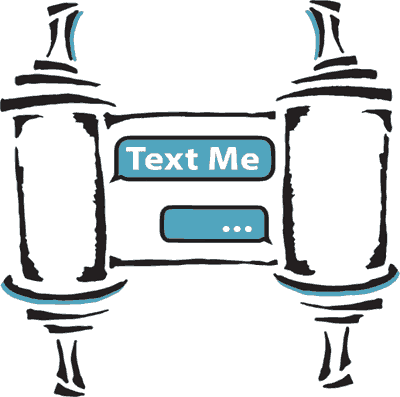FIRST, download and print out the following PDF for use during the discussion outline that follows (contains photos, a separate captions sheet, and a decision grid): Awkward Family Photos Packet
Overview
In the box below is the description of how the website “awkward family photos” was established. Mike and Doug, the founders, were viewing the project as helping people “laugh with” one another. But what if the site also occasioned “laughing at” individuals? What if there were photos that were misinterpreted by others and lead to potentially dangerous behavior? What if the person in the posted picture decided a few years later, at a different stage of social and emotional development, that the picture was not so funny after all?
This activity encourages kids, parents, and families to view the photos from these multiple perspectives. Perhaps the most critical of all is whether in the end the pictures add to kavod ha-briyot, honoring human beings as creatures made b’tzelem elohim, in God’s image. The intent is not at all to be humorless. Perhaps we can add to Eli Wiesel’s famous saying, “God made human beings because He loved stories,” that God also has a deep and delicious sense of humor.
Welcome to the world of paradox, shades of gray and challenges to our best judgment occasioned by the new digital age.
Origins of Awkward Family Photos Website
Childhood friends Mike and Doug began their blog in 2009 after Mike saw an awkward vacation photo hung in his parents’ house. Realizing there were probably plenty of other people out there with their own awkward family images, the two friends decided to create a friendly place where everyone could come together and share their uncomfortable family moments. Thus, Awkward Family Photos was born. The authors started by posting a few of their own childhood photos and those provided by friends, and the site became an internet sensation; it now receives millions of hits daily and submissions from around the world.
Core Activity
A. Hand out packets of the five photos taken from the site. Students and parents participating in the activity should each have a package of the photos. They have one key task, sorting the photos into two piles, either “ok” or “not ok.” Specifically, if I were the key figure in this picture, would it be “ok” or “not ok” with me for it to be posted to the internet.
Parents and children then come together and share how they sorted the pictures. Most critically, they are encouraged to share why they put the picture into the respective piles. Some of the responses might be “grayish” (sort of ok; sort of not ok). Sharper dialogue can be occasioned by asking people to share REALLY NOT OK if there is a particular photo they would find problematic if it was posted with them in it.
The parent-child dyads can easily be expanded into larger groups of dyads to widen the discussion by comparing and contrasting some of the choices made.
B. There are several additional steps to the process.
1) In the grid provided ask each participant to write out his or her best reason for posting or not posting the picture;
2) Revisit and refine the intuitions about posting or not posting with the aid of three Jewish values:
- Yedidut– building friendships
- Shemirat ha-lashon – ethical speech
- Kavod ha-briot – honoring human beings
3) In conclusion one might ask the family groups:
- Is there a family photo of ours that help us laugh and appreciate one another?
- Could we share it with others?
Most ambitiously, the class as a whole could put together an album of such family photos which now have gone through the filters of our best ethical instincts and Jewish values.
C. Possibilities for Deeper and more Nuanced Dialogue
For most groups the goal here is to allow for dialogue between parents and child about the ethics of digital citizenry. In many ways it “problematizes” what they take for granted – the dream of Mark Zuckerberg, founder of Facebook, to level most walls of privacy in favor of an ethic of unrestricted sharing.
Depending on time, context, and age of the child in the parent-child learning groups, the ideas below might expand the dialogue:
- Treat Mike and Doug’s story about the origins of the Awkward Family Photos website as a text to be carefully analyzed. Are there words or phrases whose meaning is unclear to you? Are there assumptions made that are worth challenging?
- What is the difference between photos that are “funny,” “awkward,” and “humiliating”? Should we think differently about posting each kind?
- What is the role (or lack of one) of “informed consent” here in regard to the posting on the internet?
